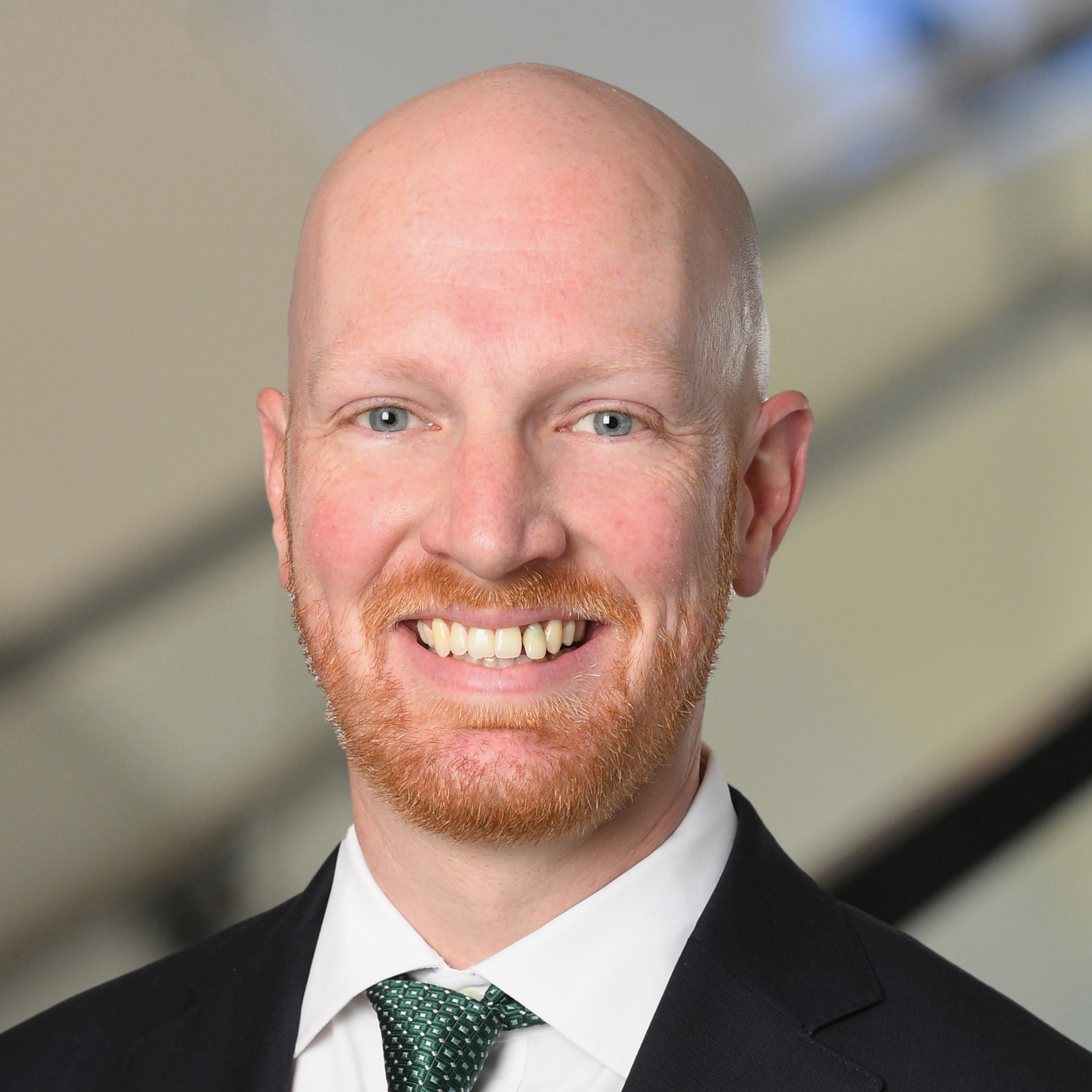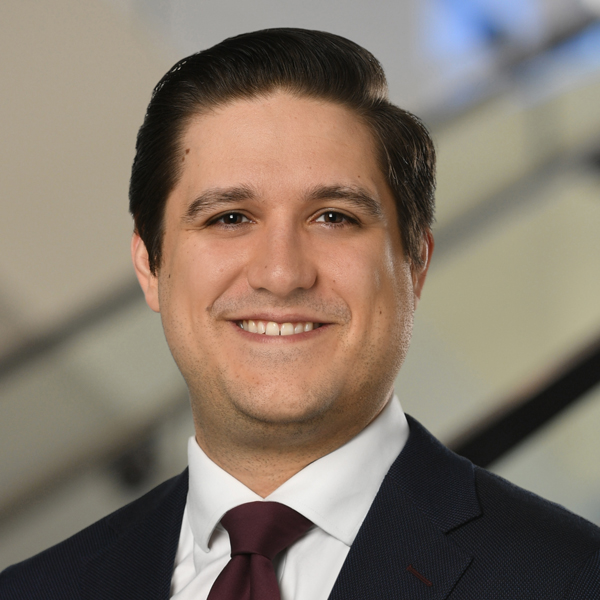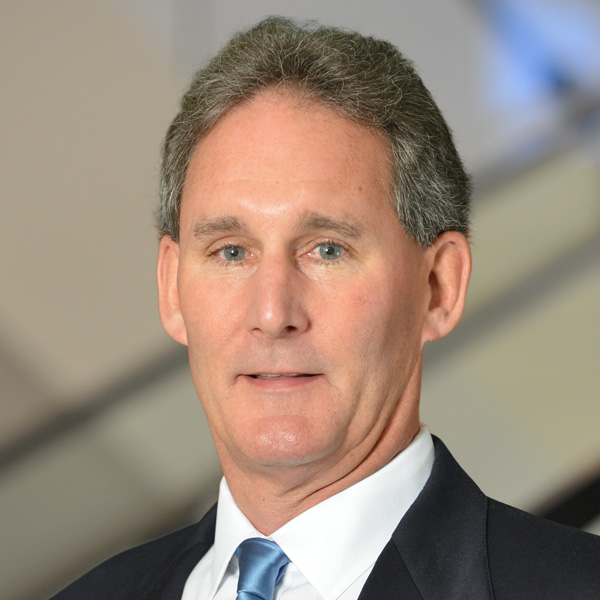Insurance, though covered in every construction contract, is an issue often overlooked once a Project is underway. The parties sign a contract, buy the required policies, and then promptly put them in a drawer, hoping they can be forgotten.
But should a claim arise, it is important to know whose policies will cover and respond to what claims or damages and how best to present those claims to the respective carriers.
On a typical construction Project, the Owner will usually carry the Builder’s Risk policy, which will name the Contractor and its Subcontractors as Additional Insureds and cover damage to the work during construction. Meanwhile, the Contractor and its Subcontractors will carry varying levels of Commercial General Liability, Automobile, Worker’s Compensation, Excess, and (depending on their scope of work) Professional Liability policies. Key among these is the Commercial General Liability and Excess policies, which are intended to cover damages caused by the negligent acts or omissions of the Contractor and its Subcontractors, both of which should always name the Owner as an Additional Insured.
But despite such a plethora of policies carried by the Contractor, when a claim or damage occurs to a Project, the Contractor often only notifies the Owner of the event and requests that the Owner notify its Builder’s Risk carrier.
Depending on the specific phrasing and obligations in a contract’s insurance provisions, this may be a necessary first step. But it is rarely the only step that should be taken.
If the damage occurs without the negligence of the Contractor—or anyone for whom it is responsible—then, depending on the specific facts of each claim, Builder’s Risk will generally be the policy against which to make a claim. But given the complex nature of most Projects, it may not be immediately apparent who, if anyone, is actually at fault. Damage is often easy to spot; causation rarely so.
But parties can rarely afford to conduct an extensive investigation prior to notifying the appropriate carriers. While immediate steps may often need to be taken to protect the Project from additional damage, the most pressing concerns are the notice requirements and timelines that control the respective policies. Wait too long to notify the carrier, and you risk an otherwise-covered claim being denied on timeliness grounds or having the insurer argue that in letting the problem stagnate while investigating its cause, the damage has worsened. The parties thereby breached their obligations to mitigate any damages.
Therefore, while the Owner should promptly notify its Builder’s Risk carrier, in most cases, the Owner should simultaneously demand that the Contractor (and its Subcontractors, if applicable) notify their General Liability and Excess carriers. Should the Contractor fail to do so, if the Owner is named as an Additional Insured under those policies (as Owners always should be), the Owner should submit the claim itself. Once all carriers have been notified, they will conduct their own investigations and begin determining which policy or policies will respond to the claim.
However, simply notifying the carriers is not enough. Owners should make the site available as soon as possible, provide all information requested by the carriers in a timely fashion, and continue to follow up with all carriers early and often and in writing. Insurance adjustors are handling multiple claims at any given time, and staying in active communication with the carriers increases the likelihood of a favorable claim resolution.
Morris, Manning & Martin’s Construction Law Practice Group represents owners and developers in the drafting, negotiation and administration of their design, consulting and construction agreements. If you need any assistance in the process of retaining Architects, Engineers, Contractors or Consultants for your development projects or addressing claims and issues during the construction process, please contact Bruce Smith, chair of MMM’s Construction Law Practice Group, Colby Nelson, or JD Howard.




